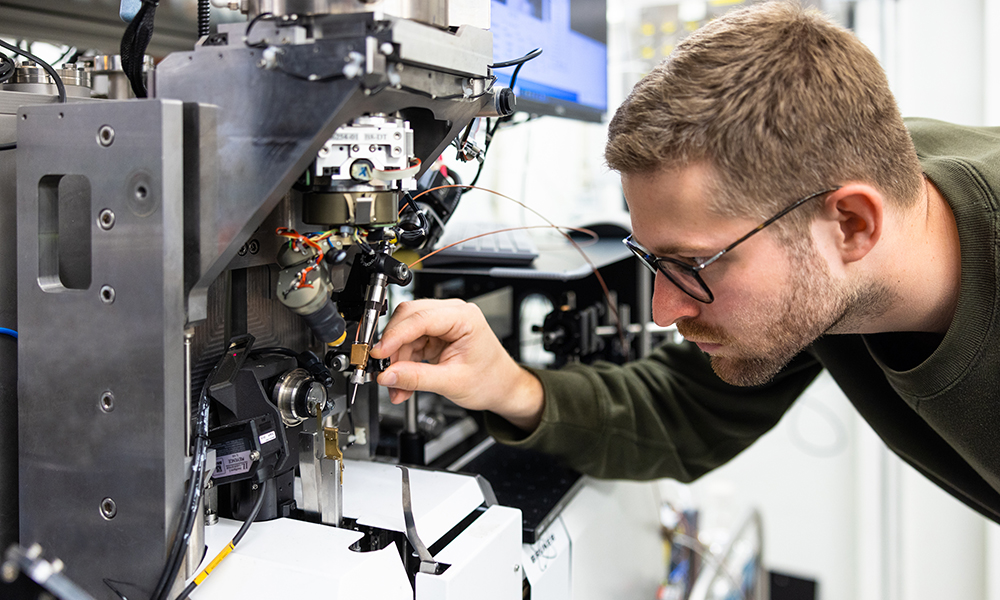
Molecular solar panels can help scientists control brain cells
Kirill Kovalev, an EMBL Hamburg researcher, is studying the structure of an ancient bacterial molecule to help scientists control brain cell activity
Issue 99
EMBL research groups apply molecular biology and its research tools to better understand agricultural pesticides
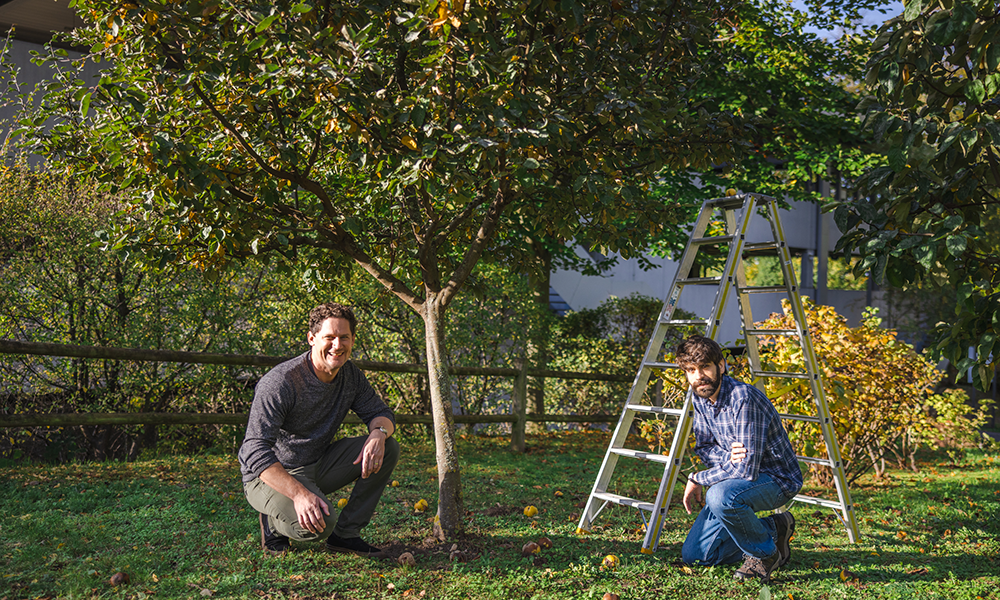
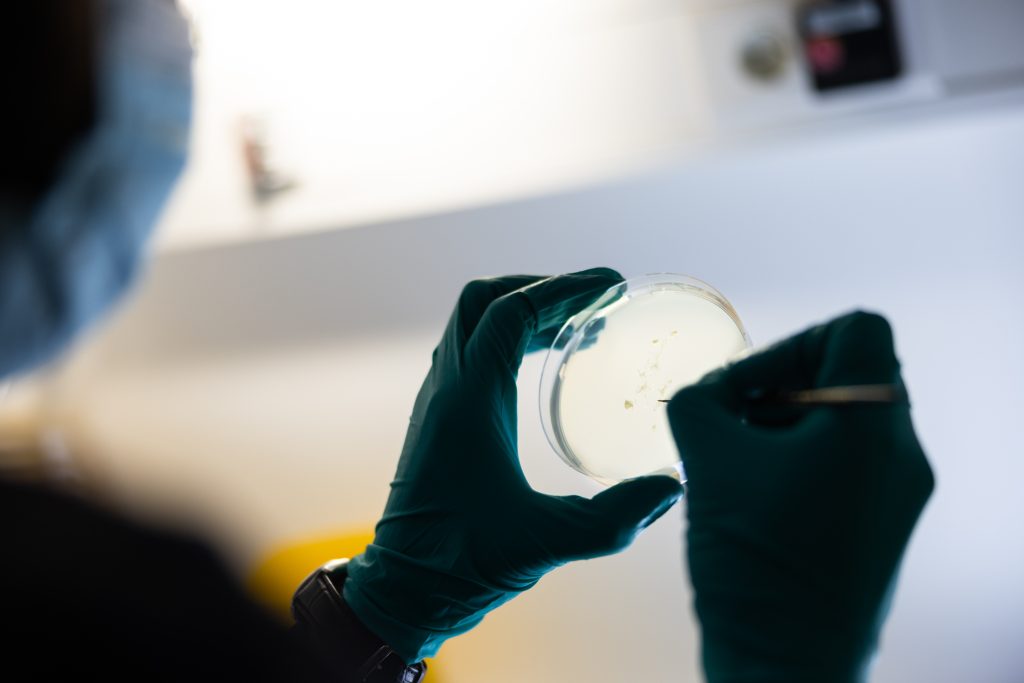
It’s a long day in room 611 with only fruit fly larvae for company – some no longer even alive. A young postdoc quickly transfers fruit fly larvae from small vials to Petri dishes with a fine-tipped paint brush. He has decided it’s the gentlest process to nudge them onto the Petri dishes where he can capture their behaviour after they’ve been growing in a nutrient-rich and possibly also chemical-infused medium.
A video camera records the larvae’s behaviour upon entering the Petri dish. Placed in this ‘new world’, some immediately scatter this way and that. To the untrained eye, it would seem quite random. But to Lautaro Gandara, a postdoc in EMBL’s Crocker and Alexandrov groups funded by the EMBL EIPOD postdoc programme, it has proven to be much more. He spends the next 10 days quantifying the recorded observations, measuring the stops and starts, distance gained, and other variables to yield behavioural and developmental data about the larvae.
Such is the life of a molecular biologist investigating the effect of agricultural chemicals on a quick-developing organism – one that is potentially representative of the long-term impacts of pesticide use on living ecosystems.
Gandara is but one of several researchers at EMBL whose work has intertwined in myriad ways to bring molecular biology insights into understanding the impacts of pesticides, their degradation, and ways to accelerate that degradation.
EMBL’s new programme, ‘Molecules to Ecosystems, applies some of EMBL’s established approaches for studying molecular and cellular biology to better understand the environment. It is multidisciplinary. And it’s so collaborative it’s hard to see the organisational lines that divide EMBL’s groups and units; scientists converge to work toward multi-pronged, overlapping research goals within a new transversal theme of planetary biology.
This kind of fundamental research can inform approaches to pollution clean-up and potentially guide a new generation of agro-chemicals – chemicals that would still be potent enough for their intended objectives, but able to quickly degrade and disappear.
If you ask Michael Zimmermann how his research group began its work with pesticides, he talks about building a library – a library of chemicals contained in pesticides new and old that can still be found in our environment.
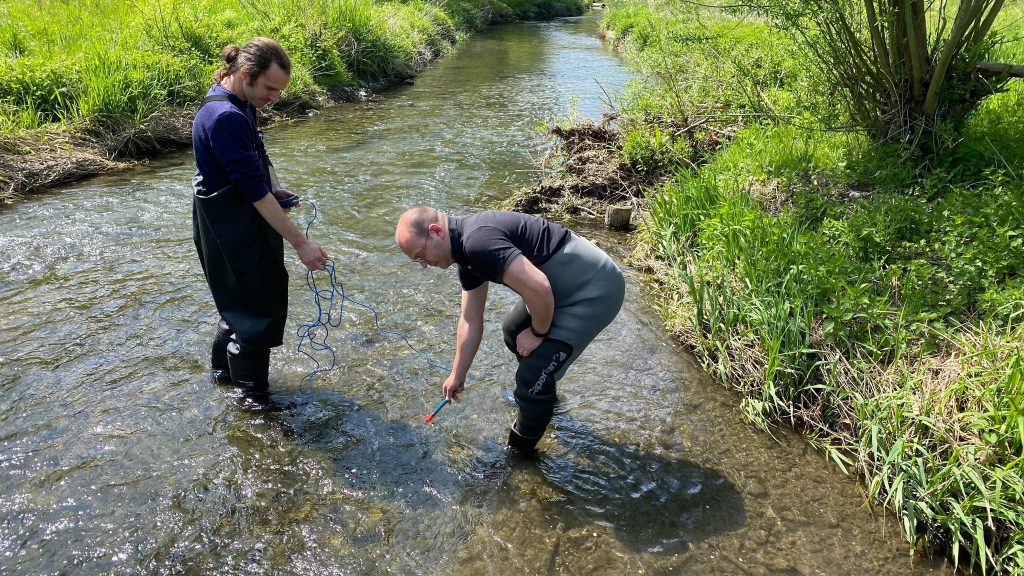
A group leader in EMBL’s Structural and Computational Biology unit, Zimmermann has been known for his work on the human gut microbiome. As he describes this foray into pesticides, he compares this newest challenge to deciphering how gut bacteria interact with foods and drugs and what that means to a wider collection of systems. Scientists can pinpoint genes within gut bacteria that can chemically modify drugs into metabolites. The same is true for chemicals eliminating weeds, crop pests, mould, and fungi. Once again, microbes can help degrade the chemicals.
“We’ve known for decades that bacteria absorb and convert xenobiotics – chemical substances that are foreign to animal life,” Zimmermann said. “I’m pretty convinced we can apply the same molecular approaches we’ve been using on human-associated bacteria to environmental bacteria. And again, we want to know not just which bacteria do this, but also which gene is responsible for the work.”
He began this quest by looking for a library of chemicals that his group could pair up with microbes reputed to be chemical killers. The library didn’t exist. So, he and his group talked to various chemical manufacturers. As a result, he approached EMBL’s Environmental Research Initiative (ERI) for funding that comes from private citizens and Friends of EMBL. By 2021 — thanks to this ERI support — EMBL had its own library of more than 1,000 chemicals found in pesticides plus the means to recruit a fellow to assist with a bigger project. EMBL’s Chemical Biology Core Facility, which already had a drug library of several thousand drug compounds, now stores the chemicals in a multi-well format readily usable for screens at large scale.
The other half of this equation was, in fact, identifying microbes that could degrade or chemically modify pesticides. Richard Jacoby, became the ARISE research fellow to work between the Zimmermann group and EMBL’s Chemical Core Facility, scrutinising scientific literature, identifying approximately 100 environmental microbe candidates that he narrowed down to 30 to represent microbes found in nature.
“With the pollutants in the environment, we know they degrade and at different rates,” Jacoby said. “The knowledge gap we want to fill comes from asking ‘what controls that rate of degradation?’ A lot of the time it’s microbial metabolism. Microbes may break down one chemical while others are more recalcitrant. If we can find which microbe strains break down which chemicals, we can better predict how long a chemical will persist in the environment.”
To this end, an important part of Jacoby’s work involves a mass spectrometer, which is able to identify the individual components of a given substance by their molecular mass or weight.
“I culture microbes. I inoculate them with pesticides. And then I use a mass spectrometer to detect whether the microbe has degraded that pesticide,” Jacoby said. “If it has, I look for what new ‘transformation products’ have been produced and the effect they could have on ecosystems.”
From this point on, Zimmermann’s team looks more closely at the bacteria most effective at aiding this degradation. They chop up its genome into small pieces of DNA and clone it into the laboratory bacterium E. coli, and look for clones which now take on the same metabolic function of degrading pesticides as the original bacteria. When they do this with 50 thousand clones and screen them with mass spectrometry, they can identify which particular piece of DNA holds the genes that can degrade pesticides.
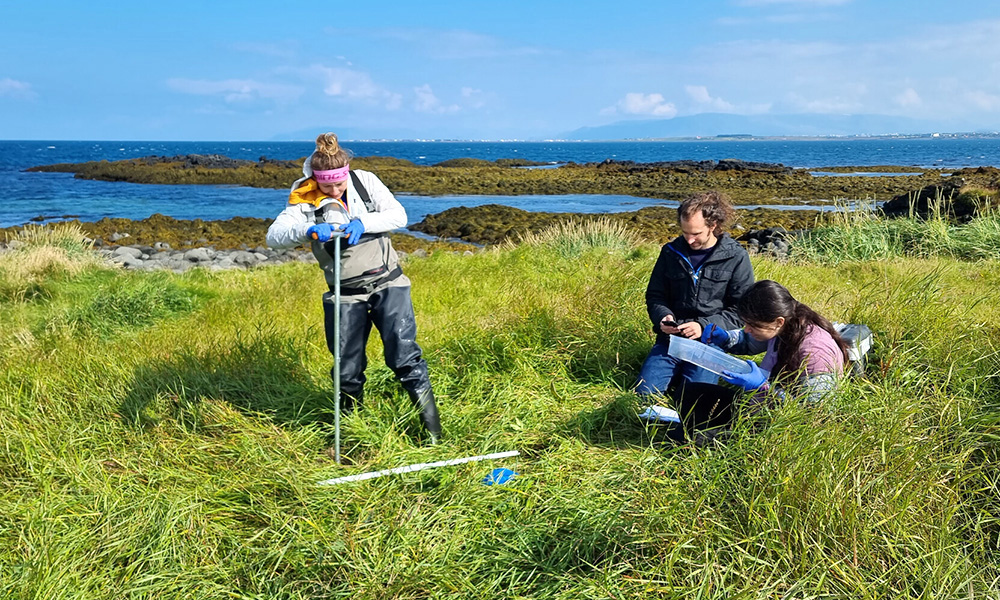
But this research only represents a part of a fundamental research picture. The Zimmermann group is beginning and planning other projects that go out into the environment to literally ‘ground truth’ their work, looking for the same microbial signatures and patterns in soil sediments and waterways to verify their lab findings.
It’s been a few years and ‘several cups of coffee’ since Zimmermann and Justin Crocker, another group leader but in EMBL’s Developmental Biology unit, first chatted during a conference break about the usefulness of having a pesticide library. This seemingly modest encounter ignited the spark that has built such a library and given it increasing purpose.
It is brightly lit in Crocker’s lab on a sunny summer day in Germany, and there is an air of purpose and energy, radiating from Crocker himself. Zimmermann – as well as everyone interviewed for this story – convey this same positive vibe. Their myriad approaches complement one another, and despite tedious parts in the process – babysitting a mass spectrometer or systematically observing day-to-day changes in fruit fly larvae – it’s clear the involved researchers are excited about what their work will tell them and how it fits into understanding pesticides better.
The researchers in Crocker’s lab work with a model organism – fruit flies.
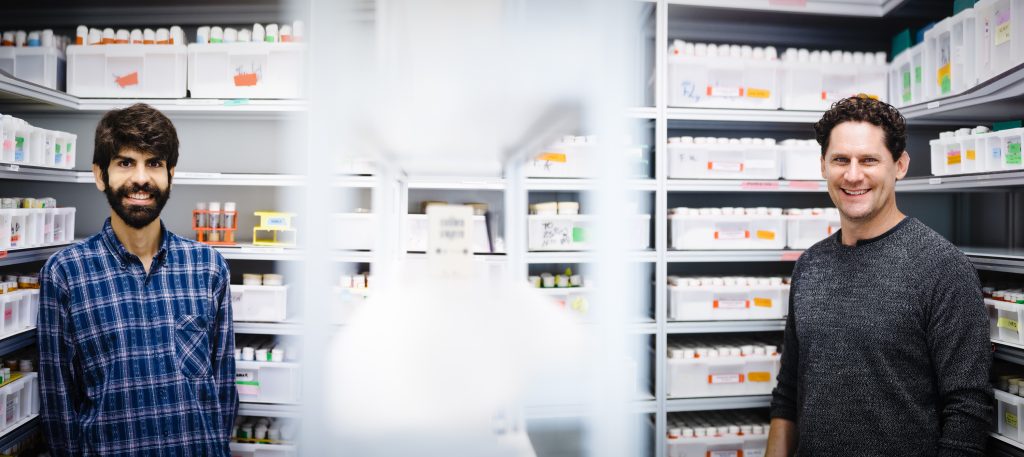
EMBL has a history with fruit flies. Christiane Nüsslein-Volhard and Erich Wieschaus were EMBL’s first researchers to be awarded a Nobel Prize in Medicine. In 1995, they were recognised for conducting the first systematic genetic analysis of fruit fly embryonic development, having identified genes responsible for the body plan of the insect embryos.
“Using fruit flies, they looked at what you can learn when you break down a system into its barest parts,” Crocker explained. “We have this beautiful groundwork done here at EMBL. We’re now building on that to look at the whole system – essentially, putting it back together.”
With their simple body plan and quick growth, fruit flies can quickly add to the body of knowledge that EMBL’s pesticide library affords. Crocker brought with him high-throughput approaches for doing this kind of work from his own postdoc experience at Howard Hughes Medical Institutes’ Janelia Research Campus in the US.
When Gandara isn’t gathering data in room 611 or in the ‘Fly Room’ studying adult fruit flies, he is in Crocker’s lab. He follows each generation of fruit flies from larva to adulthood to track various chemicals’ effects on growth and development.
The fruit flies he observed on the Petri dishes – bending, rolling, stopping, starting – are moved to bigger vials to observe daily until they reach adulthood – approximately 10 days. Two incubation rooms have been set up – each with different temperatures to control the speed of the fruit fly life cycle. Vials reside within both, each filled with a cornmeal-based medium cushioning and nourishing the flies until maturity. So far, Gandara has collected data on acute toxicity, impact of chemicals on fruit fly activity levels, and survival rates.
Additionally, the Crocker group has ‘germ-free’ fruit flies they use in a ‘gnotobiotic’ environment – essentially a completely sterile environment where the only microbes present are the ones the researchers introduce. By isolating microbes and fruitflies in this way, they gain control of microbiome variables and can see the impact they have on the presence of pesticides in the fruit flies’ microbiomes.
“Ultimately, we’ll have three complete datasets for the chemicals,” Gandara said. “These datasets will inform us about the effects of these chemicals on normal fruit flies, germ-free flies, and bacterial microbes isolated directly from the flies’ guts.”
“By looking at how pesticides affect the insect microbiome, we are filling a major knowledge gap,” Jacoby said. “Most work on insect pesticide toxicology has ignored the microbiome. This could provide a wealth of new information about how pesticides affect this host-microbe system.”
But Gandara’s work doesn’t end there. His position at EMBL crosses unit lines, and his next role in this research involves mass spectrometry and metabolomics, through EMBL’s Alexandrov group.
Metabolomics studies small molecules commonly known as metabolites, products of metabolism that fill and fuel all cells, biofluids, tissues, and organs. Because metabolites are influenced by both genetic and environmental factors, they are able to indicate individual cells’ underlying biochemical activity and their current state or status. Researchers use mass spectrometry to suss out this information.
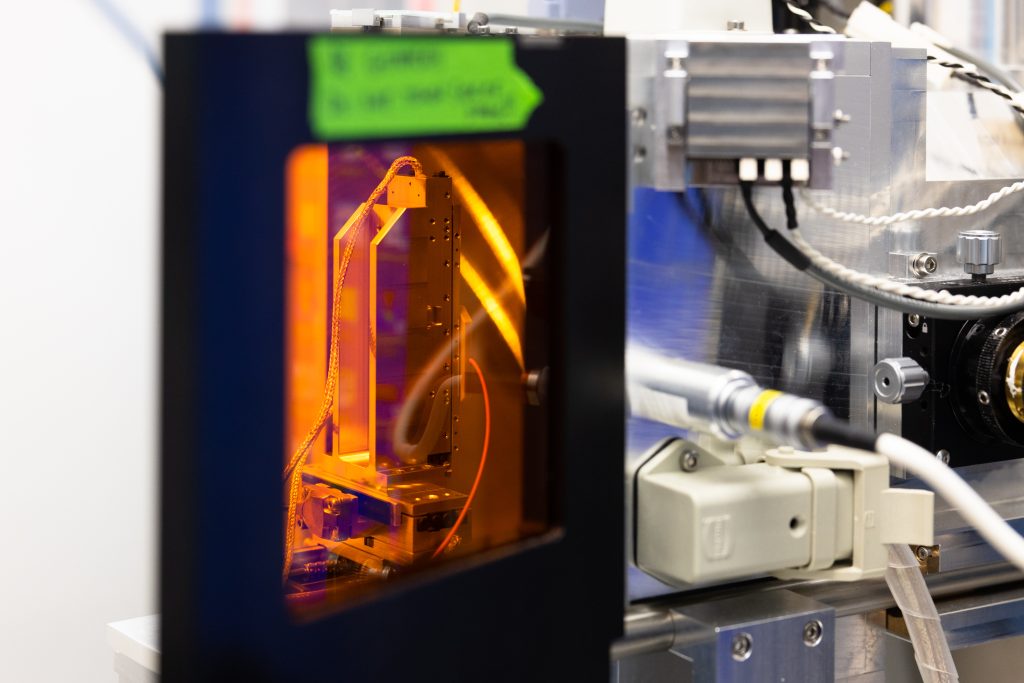
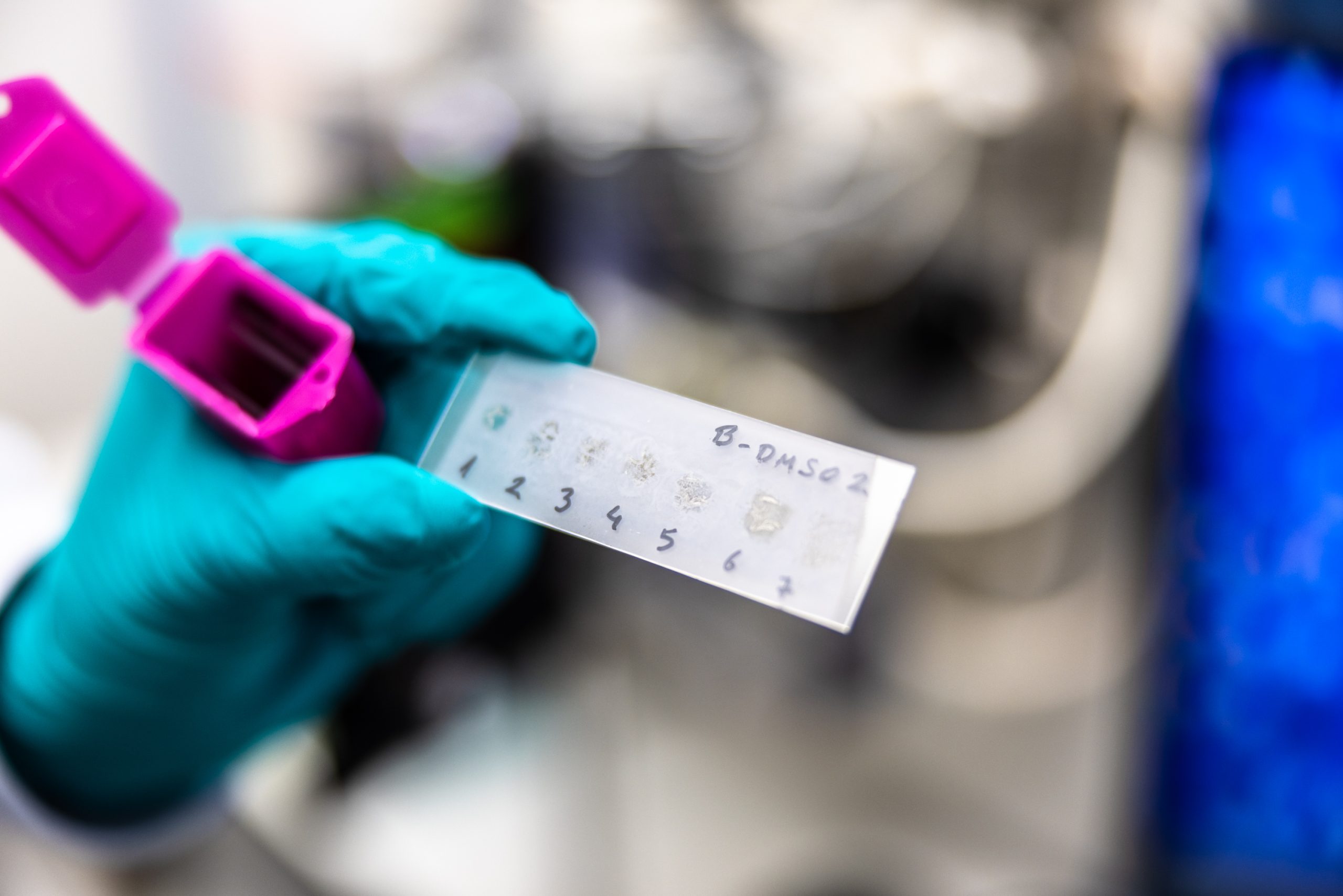
In the case of fruit flies’ response to myriad chemicals, Theodore Alexandrov, an EMBL team leader in EMBL’s Structural and Computational Biology unit, had already been working with the Crocker Group prior to the pesticide library.
“We considered what would be a good way to profile molecular changes caused by environmental stimuli,” Alexandrov said. “Pesticides are just one such stimuli. It could just as easily have been temperature or any other environmental factor.”
Gandara works with Mans Olof Ekelof, an Imaging Mass Spectrometrist in the Alexandrov group, to produce a deeper phenotypic analysis that metabolomics affords. By placing larvae onto glass slides, scanning them with a laser that desorbs or releases amino acids, carbohydrates, and lipids, they can identify and measure spatial distributions of metabolites within the larvae. In this way, Ekelof’s mass spectrometry data is able to confirm Gandara’s biological observations.
In the coming months, Gandara and Ekelof will leverage this cutting-edge technology to study metabolic changes triggered by different agrochemicals. By doing so, they hope to provide a comprehensive view – encompassing development, behaviour, and metabolism – of how organisms deal with stressful environmental conditions.
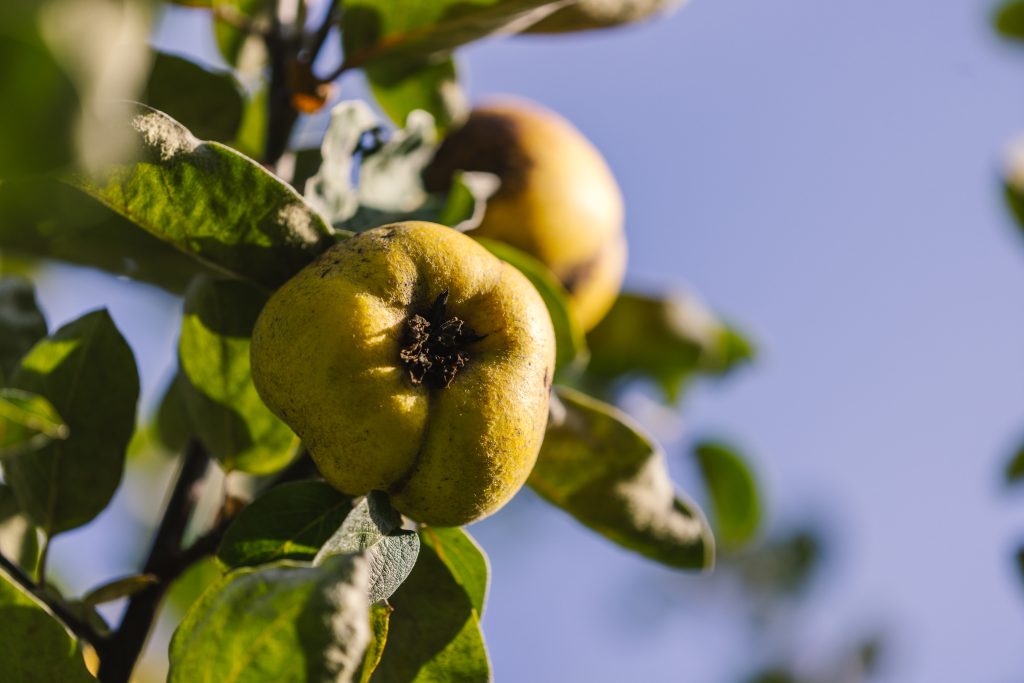
Right now, these research groups are still compiling data. That doesn’t stop them from thinking about follow-on projects. The Crocker group looks to a time when they can collect fruit flies from around the world to further understand the natural biomes they inhabit.
The Zimmermann group has just recently become involved with Eawag, a leading water research institute in Zurich. With funding from the Swiss National Science Foundation and the German Research Foundation, they coordinated several field campaigns this year to look at how biopollutants affect the river ecosystem downstream. Targeting six wastewater treatment facilities in Switzerland, they are just beginning to look at the microbiomes upstream and downstream from these facilities to observe microbes in action in the real world.
Additionally, other EMBL researchers are engaged in pesticide research projects unrelated to the library at this point.
Recently, ERI announced that their latest grant would support the Pepperkok team as it explores how microbial mats in the ocean break down chemical pollutants using spatial-omics. Once again, Friends of EMBL and other citizens provided this new funding.
Members of the Bork group are also hoping to establish interaction maps between chemical compounds and microbes, individually and in communities using advanced multi-omics approaches, with application for human (e.g., individualised diet) or planetary health (e.g., pesticide response biomarkers).
And this latest work by Jacoby follows on a previous project he pursued – also thanks to ERI funding – that measured toxic pollutants in specific plankton species to better understand their mechanisms of bioaccumulation with the intent that his findings might also inform the design of green chemicals.
“I’m quite positive about being at EMBL during this new five-year programme where I’m encouraged to think about and pursue molecular approaches to planetary biology issues,” Jacoby said. “Our modern life has come to depend on the chemical industry for necessary pharmaceutical drugs and agricultural production. If we discontinued their use, what would happen to global health? To agricultural production? Hopefully, we can help others have information they need to build degradable replacements to these chemicals.”

Kirill Kovalev, an EMBL Hamburg researcher, is studying the structure of an ancient bacterial molecule to help scientists control brain cell activity
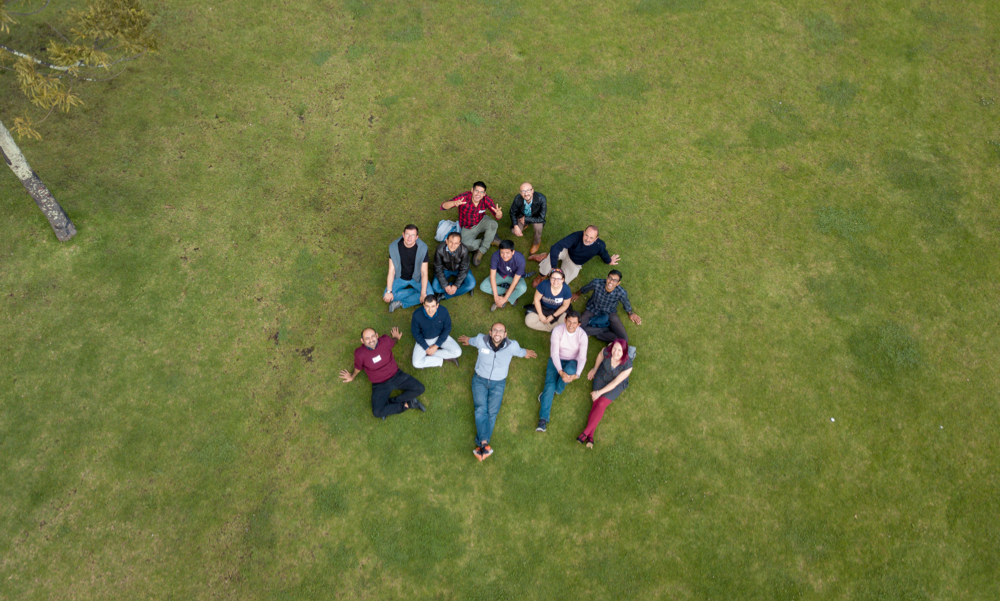
The CABANA project was born out of a desire to strengthen bioinformatics capacity and accelerate data-driven biology in Latin America.
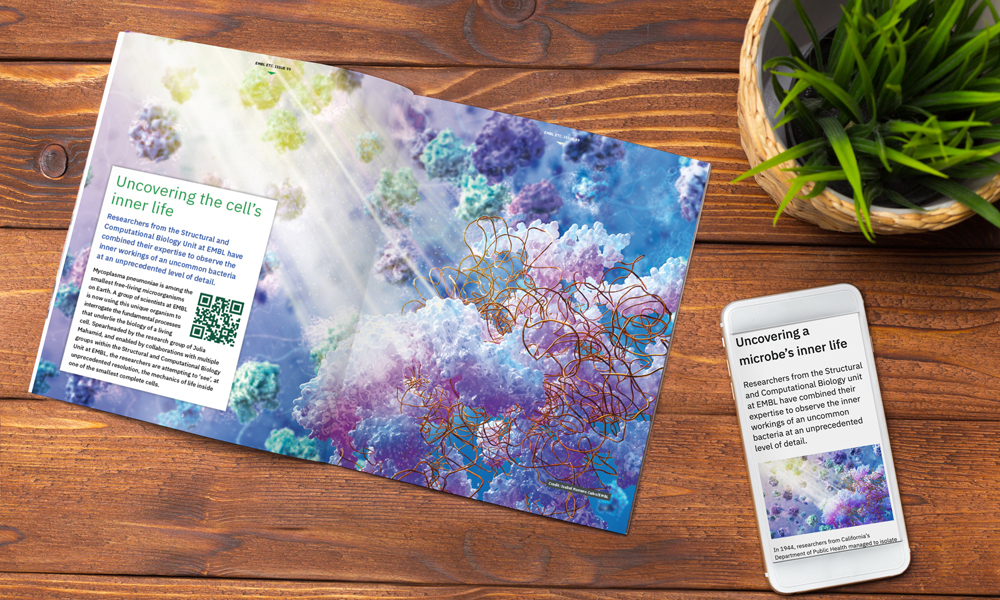
Click here to download a quick overview of all the articles included in this digital issue of EMBLetc.